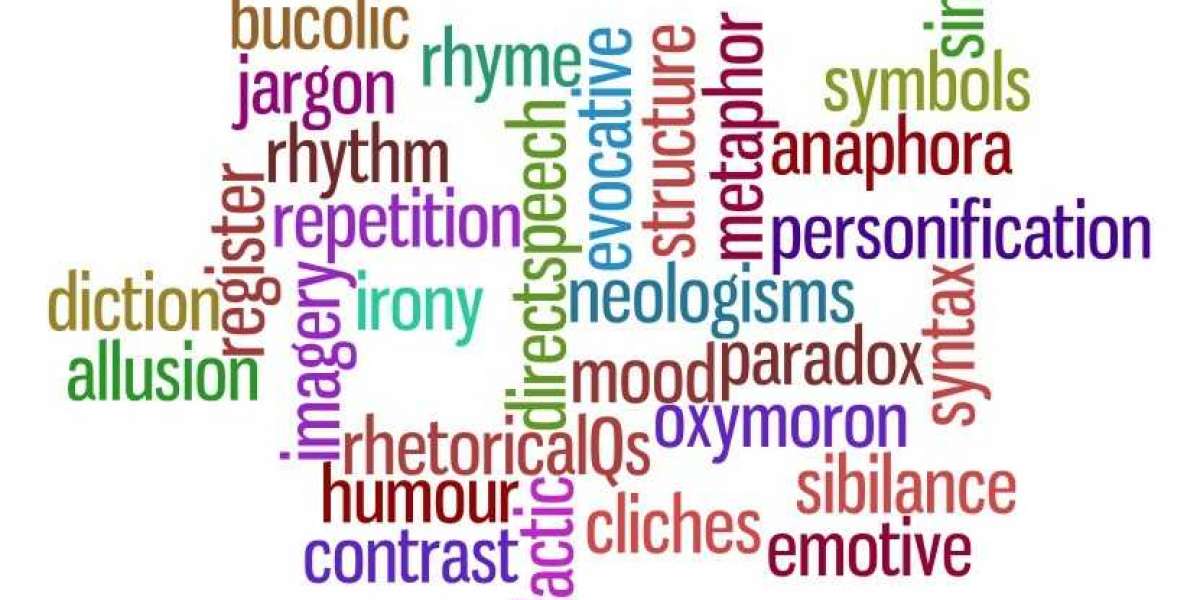Parallelism in writing is one of those subtle tools that can transform ordinary text into something compelling and memorable. It brings a sense of rhythm, structure, and balance to language, helping writers communicate more clearly and persuasively.
What is Parallelism in Writing?
Parallelism refers to the use of similar structures in two or more parts of a sentence, or across multiple sentences. This technique creates balance and rhythm, making the writing feel more cohesive and easy to follow. Essentially, it means arranging words, phrases, or clauses in a way that they have the same grammatical structure.
Think of it like building a staircase. If the steps are even, climbing feels effortless. But if some steps are higher than others, it becomes awkward. In writing, parallelism ensures the “steps” of your ideas are level, guiding the reader smoothly through your message.
Why Parallelism Matters
Parallelism isn’t just a technicality in grammar; it’s a language tool that makes writing more engaging and effective. It strengthens the impact of your words, whether you’re writing a novel, a speech, or even just a simple email. When done well, parallel structures can add clarity, emphasize key points, and improve the overall flow of your work.
Historical Context of Parallelism in Writing
Parallelism has a long history in literature and rhetoric. From ancient Greek philosophers to modern-day politicians, writers have used it to persuade and inspire audiences. One of the most famous examples is in Martin Luther King Jr.’s "I Have a Dream" speech, where he repeats the phrase “I have a dream” to drive home his vision for racial equality. This repetition, combined with the parallel structure, makes the message resonate deeply with listeners.
Types of Parallelism
Parallelism can take several forms, depending on the context and intention behind the writing. Here are the three main types:
Grammatical Parallelism
This is the most basic form, involving the repetition of the same grammatical structure. For example:- Incorrect: "She likes dancing, to sing, and reading."
- Correct: "She likes dancing, singing, and reading."
By keeping the verb forms parallel, the sentence becomes more fluid and easier to read.
Rhetorical Parallelism
Rhetorical parallelism is used to emphasize a point or create a dramatic effect. It often involves repeating phrases or sentence structures for impact. For example:- “We will fight on the beaches, we will fight on the landing grounds, we will fight in the fields and in the streets…”
Structural Parallelism
Structural parallelism deals with the larger architecture of your writing, such as how paragraphs or sections mirror one another. This can be particularly effective in persuasive essays, where repeating a structure helps reinforce your argument.
The Role of Parallelism in Creating Rhythm
One of the key benefits of parallelism is the rhythm it adds to writing. Just as a well-composed piece of music has a steady beat, parallel structures create a pattern that makes the text feel smooth and natural. This is especially important in poetry and speeches, where the rhythm of the words can evoke an emotional response from the audience.
Take for example, the lyrics to a song or a political speech. The rhythm created by parallelism makes the message stick, allowing the listener to follow along with ease and feel the emotional weight of the words.
Parallelism for Emphasis
Parallelism can also be a powerful tool for emphasizing important points. When ideas are presented in parallel structures, they naturally stand out more. This is why advertising, political speeches, and even literature often rely on parallelism to make certain concepts memorable.
For instance, in advertising, slogans like “Taste the rainbow” or “Have it your way” use parallelism to make their message catchy and easy to recall.
Common Mistakes in Using Parallelism
Although parallelism is a valuable tool, it’s easy to misuse. One of the most common errors is faulty parallelism, where the grammatical structure is not properly aligned. This often leads to confusion or awkward sentences. For example:
- Faulty: "The manager said he wanted efficiency, honesty, and being prompt."
- Correct: "The manager said he wanted efficiency, honesty, and promptness."
By maintaining parallelism in the sentence, the meaning becomes clearer, and the sentence flows more smoothly.
How to Craft Effective Parallel Structures
Crafting parallel structures isn’t difficult, but it does require a bit of practice. Start by identifying the key ideas in your sentence or paragraph, and ensure that they are presented in a consistent grammatical format. For example:
- "She enjoys hiking, swimming, and cycling." Each activity follows the same verb form, making the sentence easy to follow.
You can fine-tune your writing by reading it aloud. If something feels off or clunky, it could be a sign that your parallelism needs adjustment.
Parallelism in Creative Writing
In creative writing, parallelism is often used to enhance descriptions or create a specific tone. By repeating similar structures, writers can evoke emotions and build imagery. Consider this sentence from Charles Dickens’ A Tale of Two Cities:
- “It was the best of times, it was the worst of times, it was the age of wisdom, it was the age of foolishness…”
This repetitive structure paints a vivid picture of contrast, highlighting the tension in the story.
Parallelism in Non-Fiction Writing
Parallelism isn’t just for creative writing—it’s equally effective in non-fiction. In research papers, essays, or reports, parallel structures can help clarify complex arguments, making them more digestible for readers.
For example, in an argumentative essay, using parallelism in your thesis statement can give your argument more weight:
- "We need better education, more healthcare funding, and stronger environmental protections."
Parallelism in Everyday Writing
You can even use parallelism in your everyday writing, such as emails, presentations, or social media posts. Short, parallel structures are especially useful for making concise points that stick with your audience. Next time you write a tweet or a slide for a presentation, try organizing your points in a parallel format to make them punchier.
Parallelism and Persuasion
Parallelism is naturally persuasive because it plays into how our brains process information. The repetition of similar structures makes ideas feel more credible and easier to understand. This is why politicians, advertisers, and public speakers often use parallelism to persuade their audiences.
The Power of Parallelism in Headlines
In journalism and marketing, headlines are a crucial tool for grabbing attention. Using parallelism in headlines can make them more memorable and impactful. Consider these examples:
- “Reduce, Reuse, Recycle”
- “Eat Fresh, Feel Fresh”
These catchy phrases stick in your mind because they follow a parallel structure.
Balancing Parallelism with Variety
While parallelism is a powerful tool, it’s important to balance it with variety. Overusing parallel structures can make your writing feel repetitive or monotonous. The key is to use parallelism strategically, mixing it with other sentence structures to keep your writing engaging.
Editing for Parallelism
When editing your work, one of the best ways to ensure parallelism is to read your sentences out loud. Listen for any inconsistencies in rhythm or structure, and make adjustments where necessary. You can also use tools like grammar checkers to spot faulty parallelism and other grammatical errors.
Conclusion
Parallelism is an essential writing tool that can add rhythm, clarity, and emphasis to your work. Whether you're crafting a persuasive speech, writing a novel, or even composing an email, parallelism can help make your writing more compelling and easier to read. By practicing parallel structures and balancing them with variety, you can elevate your writing to a whole new level.
FAQs
What is Parallelism in Writing, and Why is It Important?
Parallelism refers to the repetition of similar grammatical structures, which helps create balance, rhythm, and clarity in writing.How Can Parallelism Improve My Writing?
Parallelism enhances readability, emphasizes key ideas, and adds flow to your writing, making it more persuasive and memorable.Can Overuse of Parallelism Hurt My Writing?
Yes, overusing parallelism can make your writing feel repetitive or monotonous. Balance is key—use it where it strengthens your point, but mix in variety.How Do I Avoid Faulty Parallelism?
Ensure that all elements in a parallel structure follow the same grammatical format. Reading aloud and editing carefully can help you catch mistakes.Where Can I Practice Using Parallelism?
You can practice parallelism in everyday writing—emails, social media posts, or even while crafting headlines for your blog!







